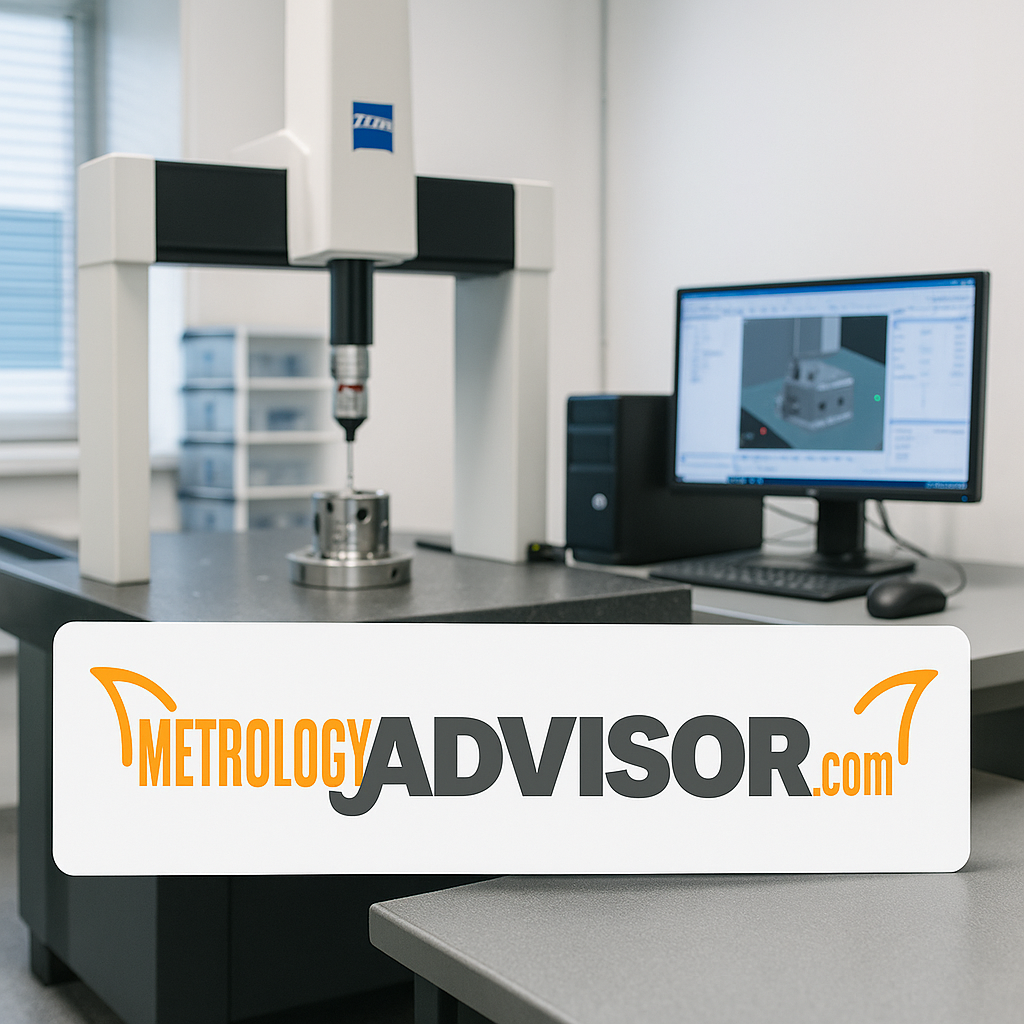
Introduction: Measurement Meets Manufacturing Reality
In modern manufacturing, producing parts within tolerance isn’t enough — you must prove the process can reliably stay within those limits.
That’s where process capability comes in.
Two key statistical indicators — Cp and Cpk — bridge the worlds of metrology and process control. They quantify how well a process can produce parts that meet specifications, not just occasionally, but consistently.
Understanding Cp and Cpk is essential for every metrology professional who wants to turn raw measurements into actionable quality insights.
⸻
1. What Are Cp and Cpk?
Let’s break down the basics:
• Cp (Process Capability Index):
Measures the potential capability of a process — how wide the tolerance band is compared to the natural variation of the process.
Formula:
Cp = (USL – LSL) / (6 × σ)
where USL and LSL are the upper and lower specification limits, and σ (sigma) is the process standard deviation.
• Cpk (Process Capability Performance):
Measures how well the process is centered within the tolerance band.
Formula:
Cpk = min[(USL – μ) / (3 × σ), (μ – LSL) / (3 × σ)]
where μ (mu) is the process mean.
If Cp is high but Cpk is low, your process is precise but not centered — a signal that alignment or setup needs correction.
⸻
2. Why Metrologists Should Care
Metrologists often focus on individual measurements, but Cp and Cpk reveal the bigger picture: how stable and predictable the process is over time.
Understanding process capability allows metrologists to:
• Evaluate whether measurement variation hides or exaggerates process variation.
• Advise on tolerance design and measurement strategy.
• Detect early drift before parts go out of spec.
• Support data-driven quality control decisions.
In essence, Cp and Cpk connect measurement results to manufacturing performance — making metrology a proactive player in quality assurance.
⸻
3. The Role of Measurement Uncertainty
It’s crucial to recognize that measurement uncertainty directly affects Cp and Cpk analysis.
If the measurement system introduces too much variation, you’ll underestimate the true capability of the process.
That’s why before calculating process capability, companies perform a Gage R&R study — to ensure that the measurement system itself is precise enough to capture true process variation.
Rule of thumb:
Gage R&R should contribute less than 10% of total process variation for valid capability analysis.
⸻
4. What the Numbers Mean
Typical capability benchmarks:
• Cp, Cpk ≥ 1.33 → Process is capable (4σ level)
• Cp, Cpk ≥ 1.67 → Process is excellent (5σ level)
• Cp, Cpk ≥ 2.00 → World-class capability (6σ level)
These numbers aren’t just statistics — they represent confidence in process stability and measurement reliability.
⸻
Conclusion: Metrology Gives Meaning to Cp and Cpk
Without reliable measurement data, Cp and Cpk are meaningless.
Metrology ensures that process capability studies are based on accurate, traceable data — turning numbers into decisions that drive improvement.
When metrology and statistics work together, quality becomes measurable, predictable, and sustainable.
Learn how metrology powers process capability and precision manufacturing at Metrology Advisor.

Comments